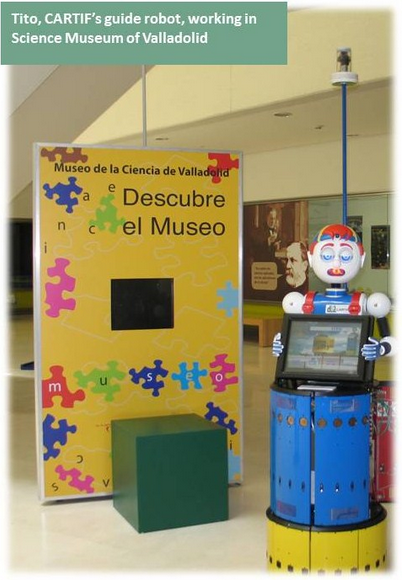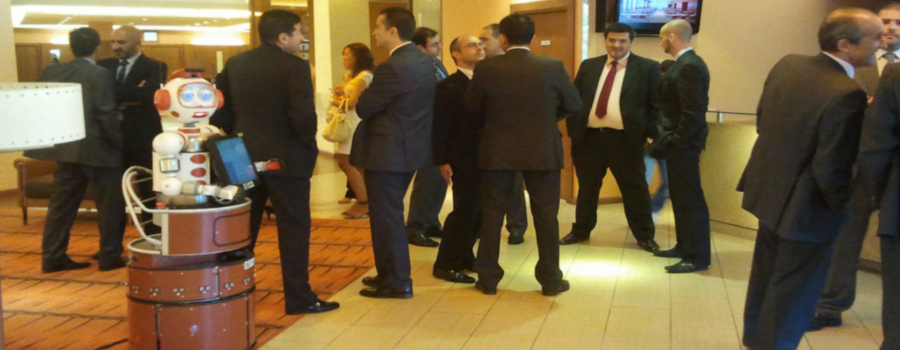The increase in life expectancy, coupled with the decline in the birth rate results in an increasingly aging population. According to projections by the National Statistics Institute, 30% of the population will be aged over 65 in 2050, and of these a third will be octogenarians.
This large population will present assistance needs which will scarcely be covered by the working population. Assistive robotics has emerged as a solution that can help alleviate this problem. Assistive robotics is the area of service robotics in which the robot interacts directly with the individual. The scope is very broad; robots can be designed to aid a person’s mobility (standing, walking, etc.), help in physical or cognitive rehabilitation and supply social support, care and entertainment. Unfortunately, the expectations that have been generated for this type of robots have been very high, partly because of movie robots: Walle, R2D2, C3PO, Short Circuit, etc., all have capabilities similar to humans. However, there are few robots that have been introduced in the market except for robot vacuum cleaners, lawn mowers and pool cleaners. The success of these robots is undoubtedly that they carry out very specific activities at a reasonable cost.
The main difficulty with care robotics is that they interact with people, so they must have robust perceptual systems, motion, manipulation, cognition capacities and interaction systems designed to communicate with humans using natural and gestural language.

The state of the current technology does not allow robots with those capabilities of movie robots to be developed. The solution is to develop robots with capacities restricted to defined contexts, limiting its functionality while ensuring proper integration of all subsystems that can overcome the envisaged situations. For example, the solution of a sequential complex problem such as a verbal dialogue with a robot can be to restrict the vocabulary and the topic discourse. This contextual grouping can be applied to other aspects like visual recognition or emotional control.
Another recommendation is that experimentation needs to be done from the beginning in real environments where the robot must work. Often, the efforts are focused on developments in the laboratory away from the end users and services to be provided.
A good methodology is to do iterative and successive refinements in the robot, incorporating new features and capabilities over time. The definition of metrics allows robot evolution and performance to be measured according to user requirements.
However, not only scientific barriers prevent robots from reaching the market. There are also social barriers that must be overcome. Often, there are serious drawbacks which prevent robots from being accepted by people: appearance, fear of technology, or fear of losing their job to the robots. These social aspects should be considered in the early stages of robot design.
Over the last few years in CARTIF, we have applied this design methodology based on user needs. Our latest challenge is Sacarino, a robot with social and interaction abilities which will provide therapy, assistance and entertainment in one of the living units at the Hermanas Hospitalarias Hospital in Palencia. Hopefully, we shall be able to contribute to the development of welfare robots and, in a few years’ time, care robotics will be a reality which could provide value-added services and would be present in our homes and hospitals.
- Care robotics: a closer reality - 17 June 2016
